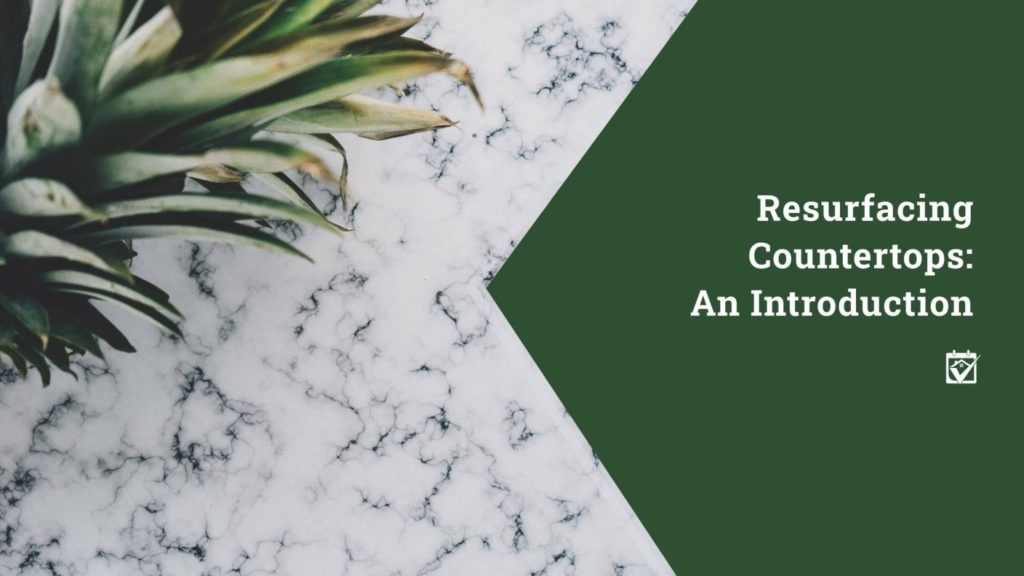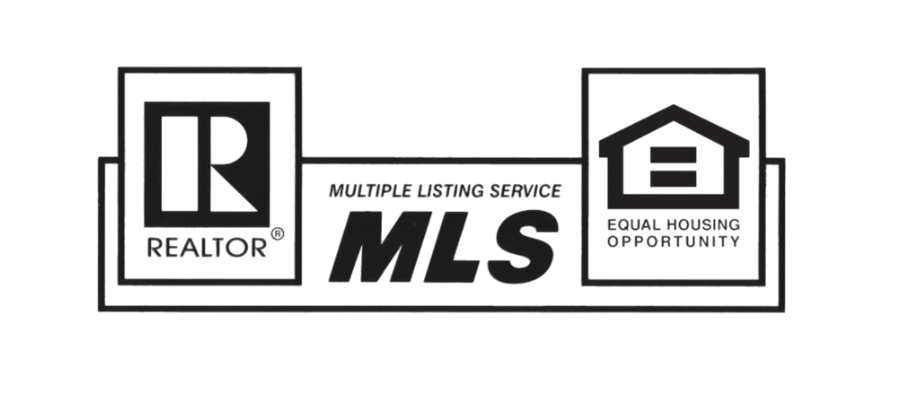
A nice countertop can really make your kitchen stand out. Unfortunately, your counters tend to get a lot of use over their lifetime and can really start to show that wear as they age. Conventional wisdom often suggests that when your counters start to stand out because of their stains or damage then it’s likely time to start thinking about new countertops. That can be a really big expense, though… which is why you might be better off considering resurfacing your countertops first.
As the name suggests, resurfacing your countertops provides a new top surface for the countertop that can provide it with a new lease on life. Depending on your reasoning for redoing your countertops and the condition they’re in, there are a few different ways that you can go about resurfacing them. Let’s take a look at some of the options that are available to you to see if resurfacing is a better option for you than replacing your countertops completely.
Improving the Aesthetic
One reason that you might be considering new countertops is that you want to change the look or general aesthetic of your counters. This might be because the countertops don’t really match other decorative aspects of the kitchen, or because various stains, scratches, and blemishes have made them rather unappealing. Regardless of the reason, there are a few options available for this. The most popular of these options are countertop paints and epoxy resurfacing. Bear in mind that this isn’t just a matter of slapping a layer of paint on the countertop and calling it a day; these paints and epoxies fill in small cracks and other damage, seal the countertop, and provide you with a hardened final surface that is resistant to damage and staining.
If that sounds like a little bit more of a project than you’re wanting to take on and you’d just prefer your countertops to have some more protection against future scratches and stains, there are options for that too. The most common treatment of this type comes in the form of countertop films. These functionally work similar to contact paper, but they bond better and provide a better layer of protection than you’d get from using regular contact papers. They also have the advantage of letting you cover only sections of the countertop if you’re trying to establish things like dedicated prep areas or a space by the sink for glassware to air dry.
Repairing Surface Damage
If the damage to your countertops is more severe than surface scratches, there are a few different ways that you can fix the issue while resurfacing. Some counter epoxies are designed to fill in larger areas of damage, providing you with a beautiful and uniform surface once all the epoxy has cured. Filler compounds can also be used; you sand the filler once it’s dried and then apply epoxy or countertop paints as part of the final finish.
Another option, especially if you have stone or granite countertops that have cracks in them, is to have a concrete skim coat applied as a resurfacing material. While this won’t provide you the same longevity as installing full concrete counters, it will patch the damage effectively and give you a rock-hard countertop surface to boot. This can be especially effective if you were looking for a way to shake up the look of your kitchen as well.
If you have questions about buying or selling your home, you may contact me to see how I can help you.
Michelle Lohman, Associate Broker
Realty One Group

All content provided on this blog is for informational purposes only. The owner of this blog makes no representations as to the accuracy or completeness of any information on this site or found by following any link on this site. The owner will not be liable for any errors or omissions in this information nor for the availability of this information. The owner will not be liable for any losses, injuries, or damages from the display or use of this information.

